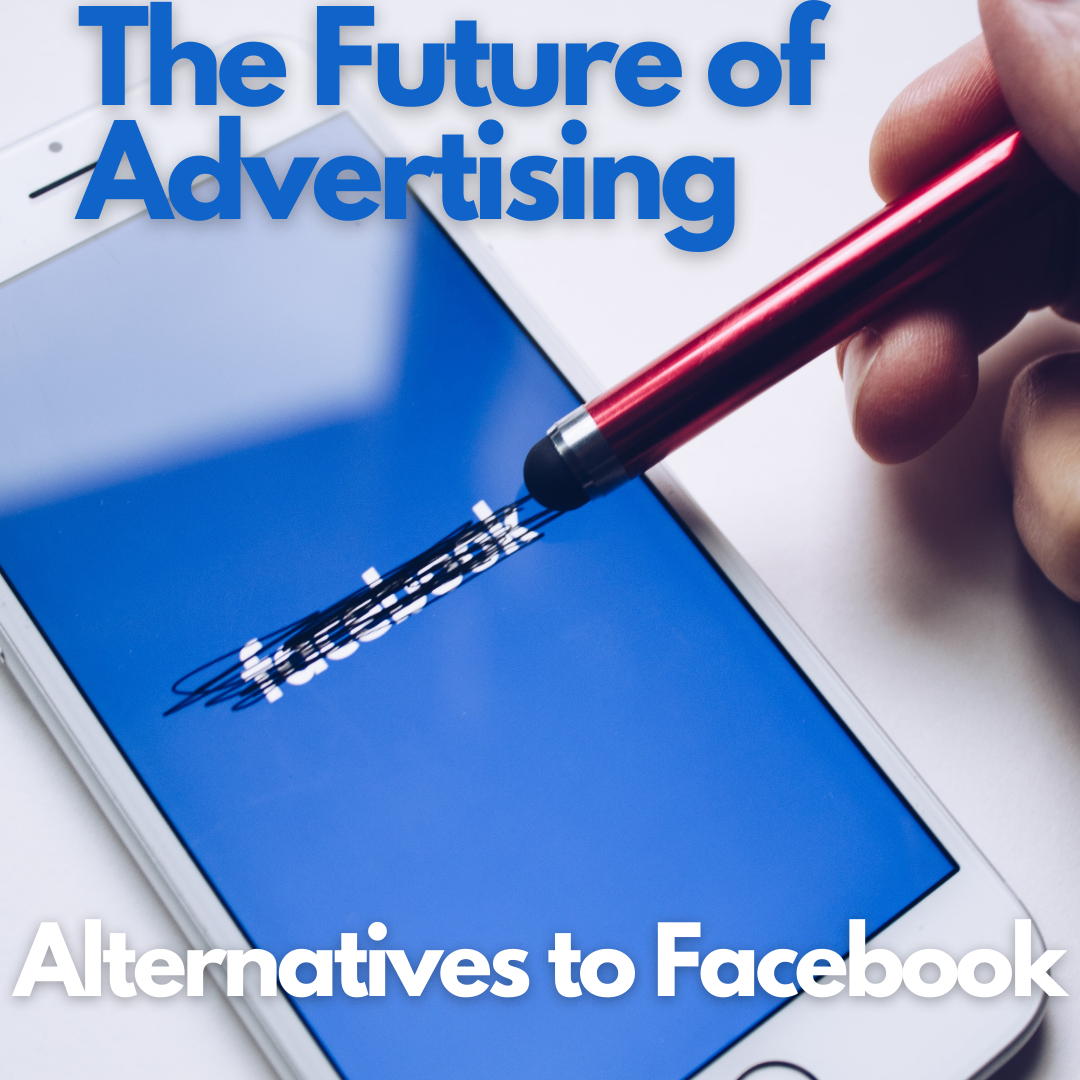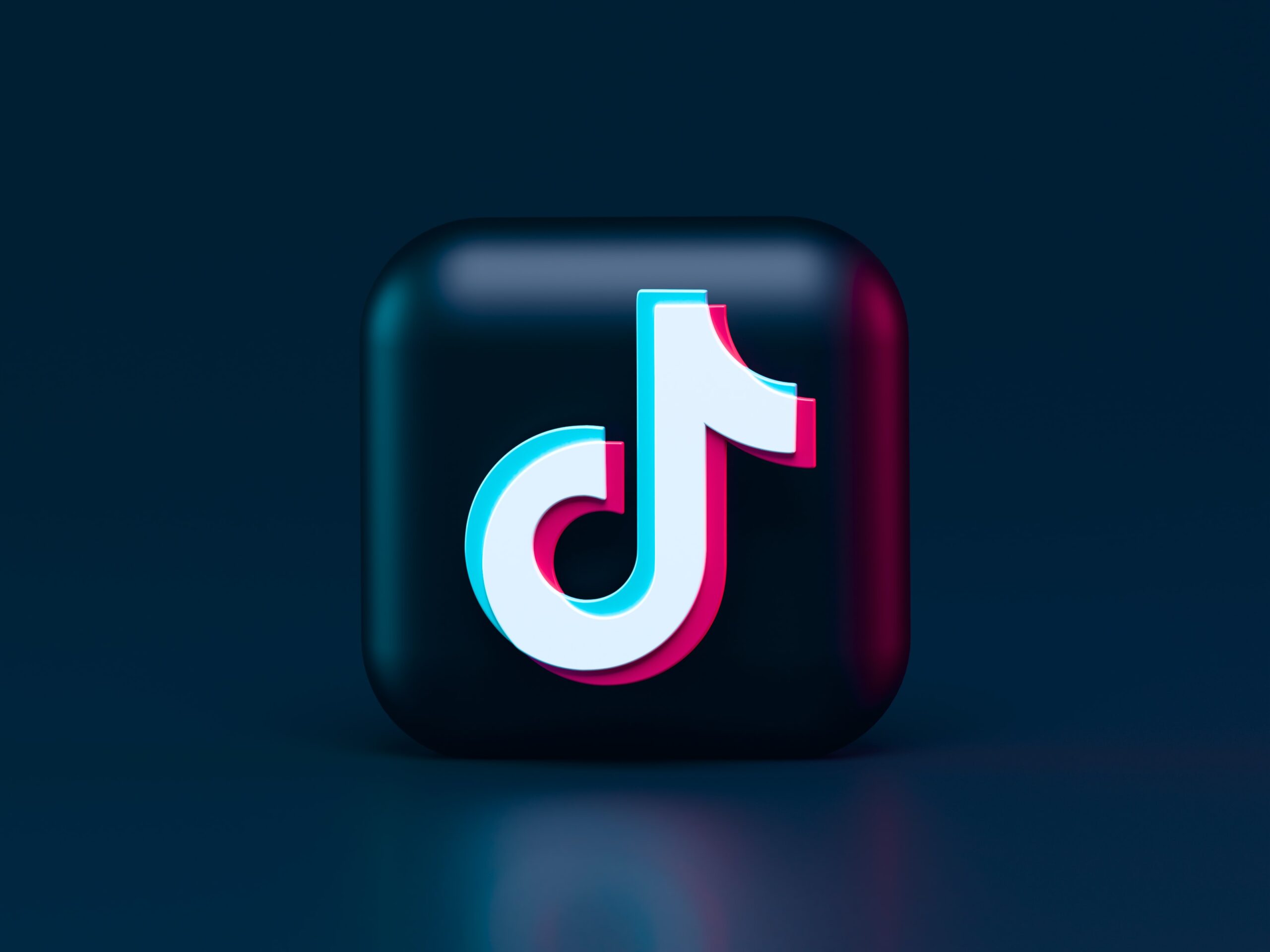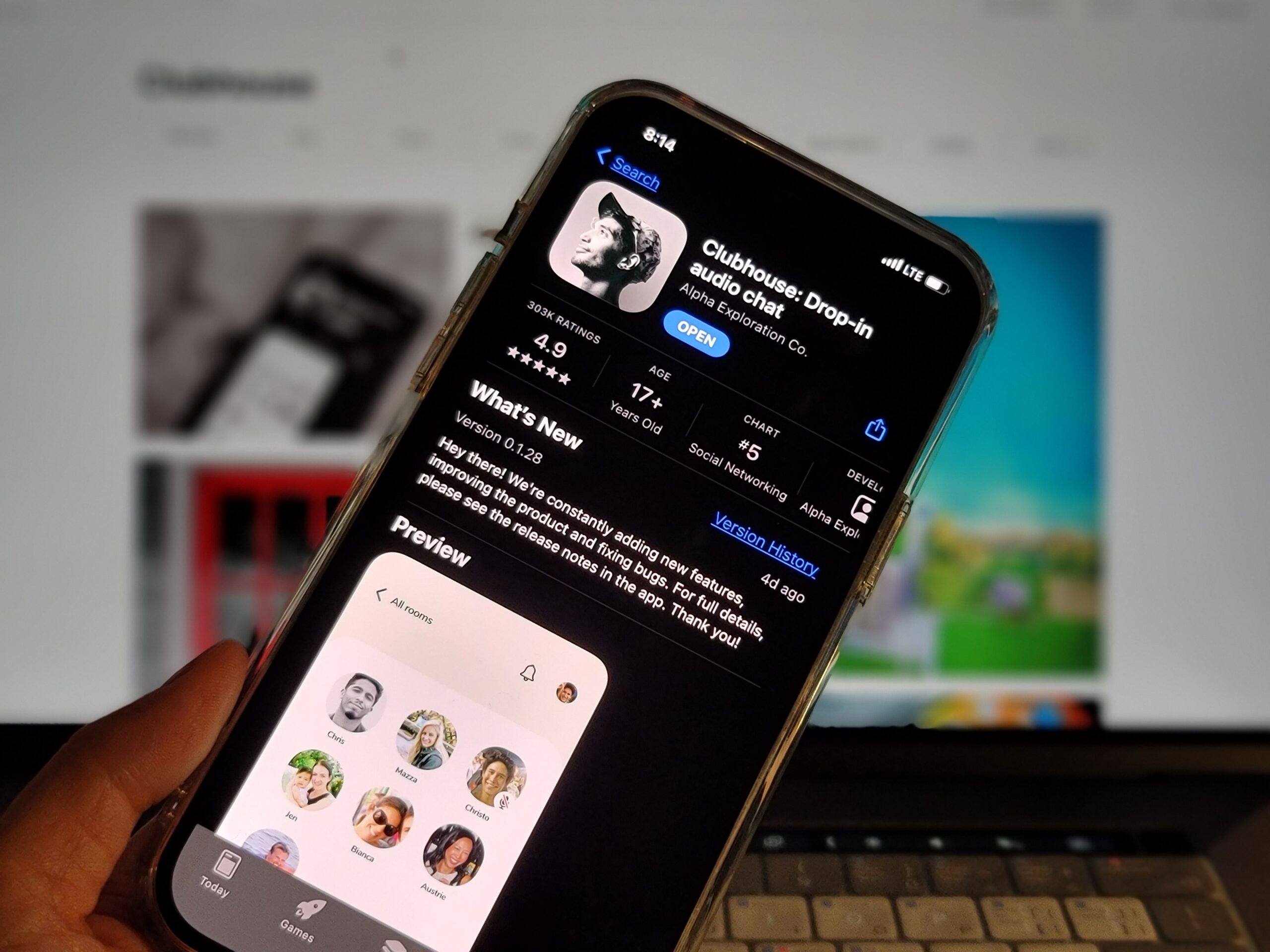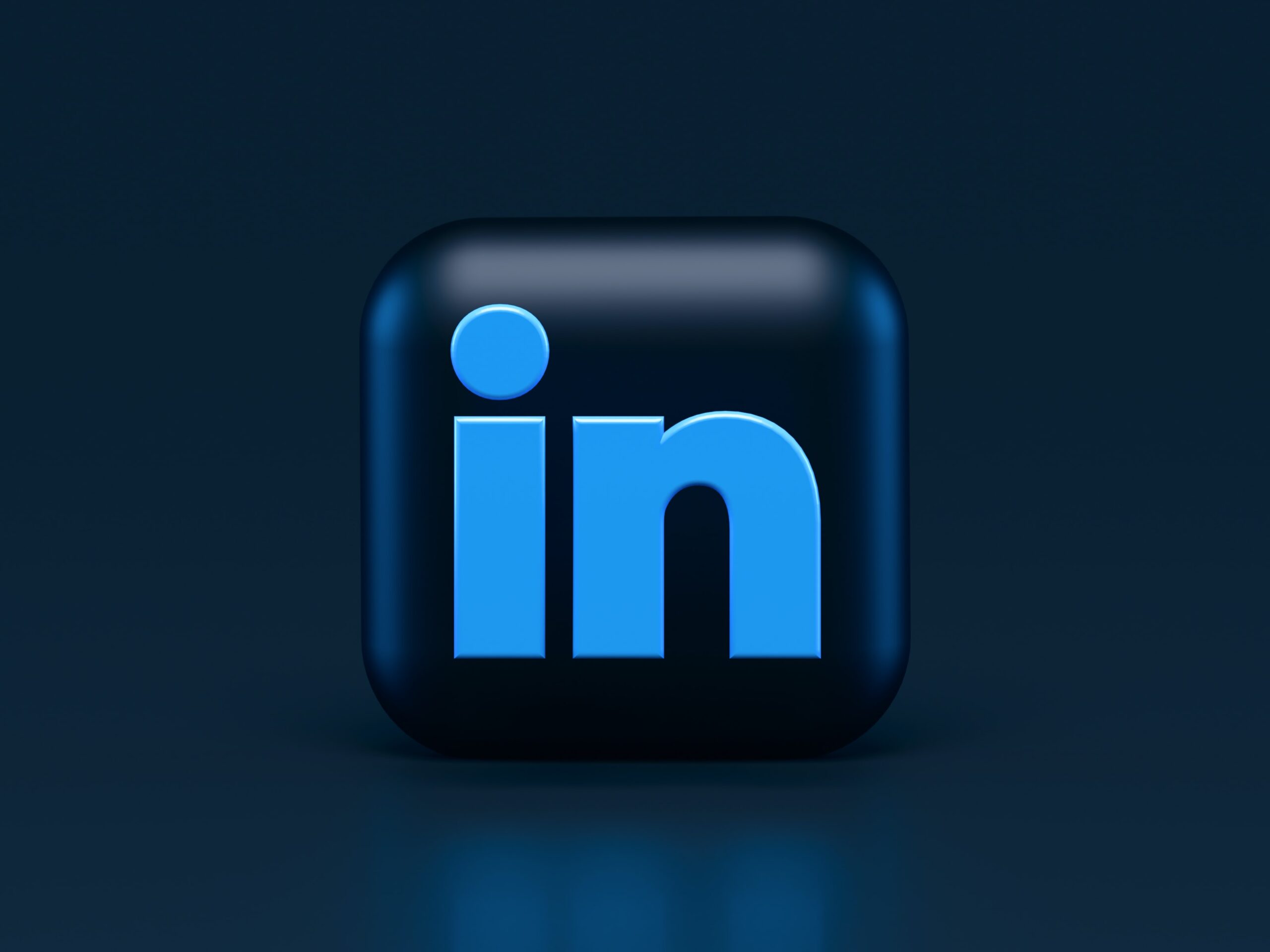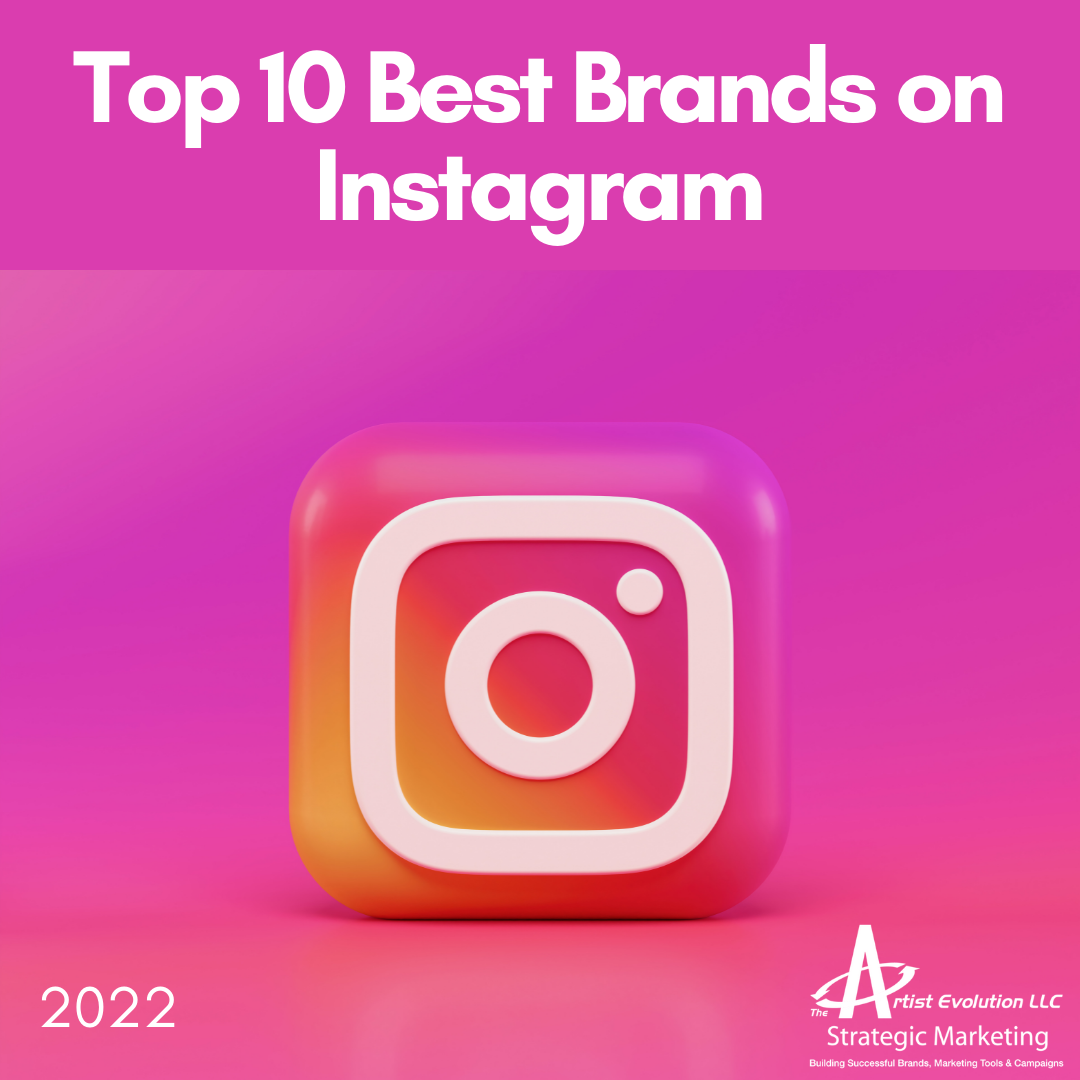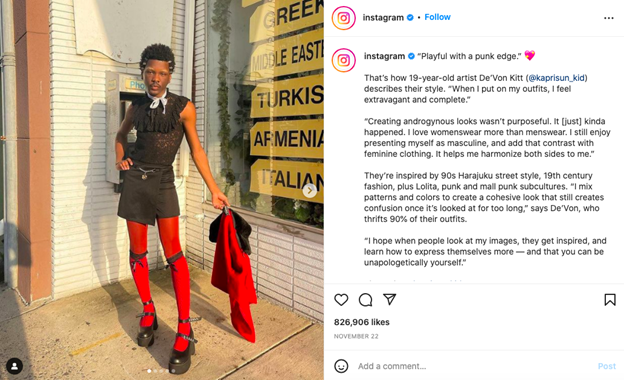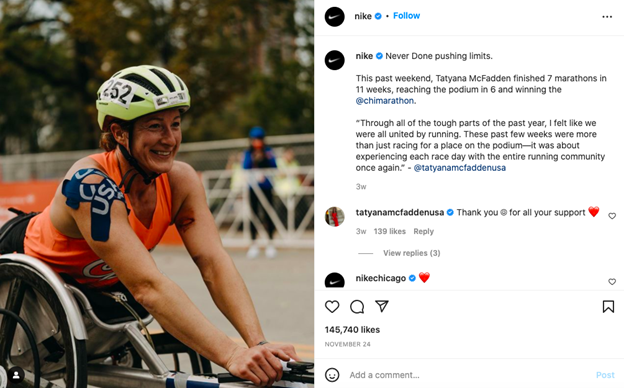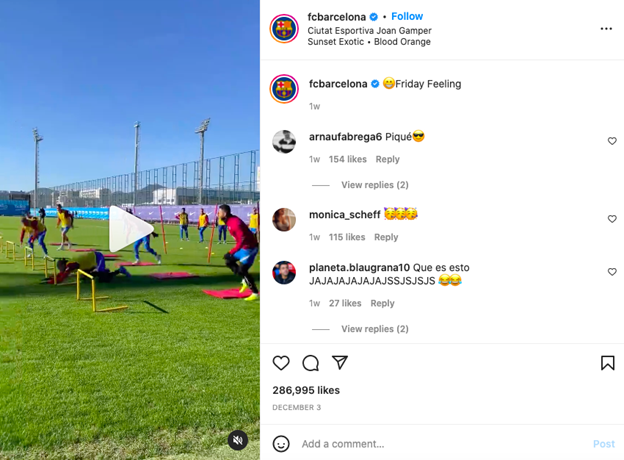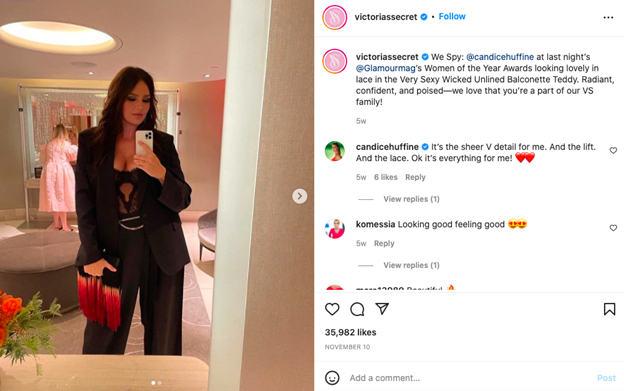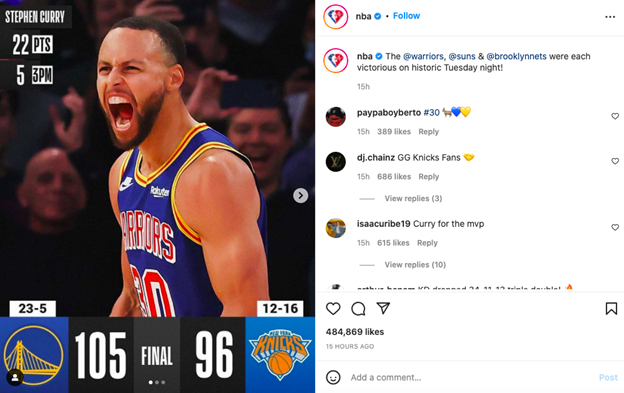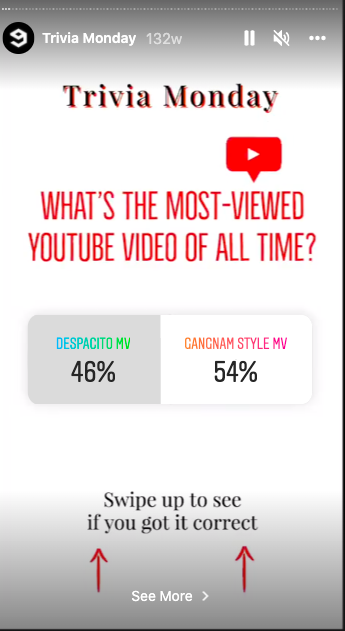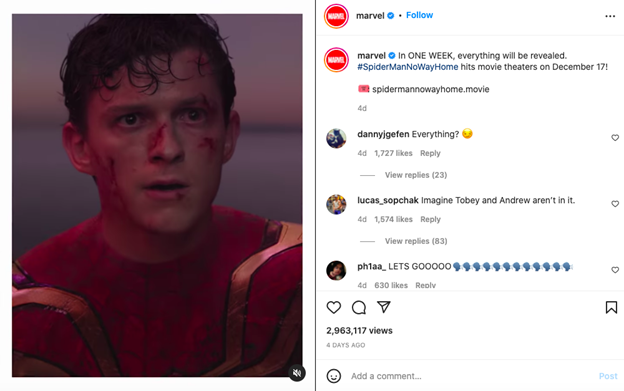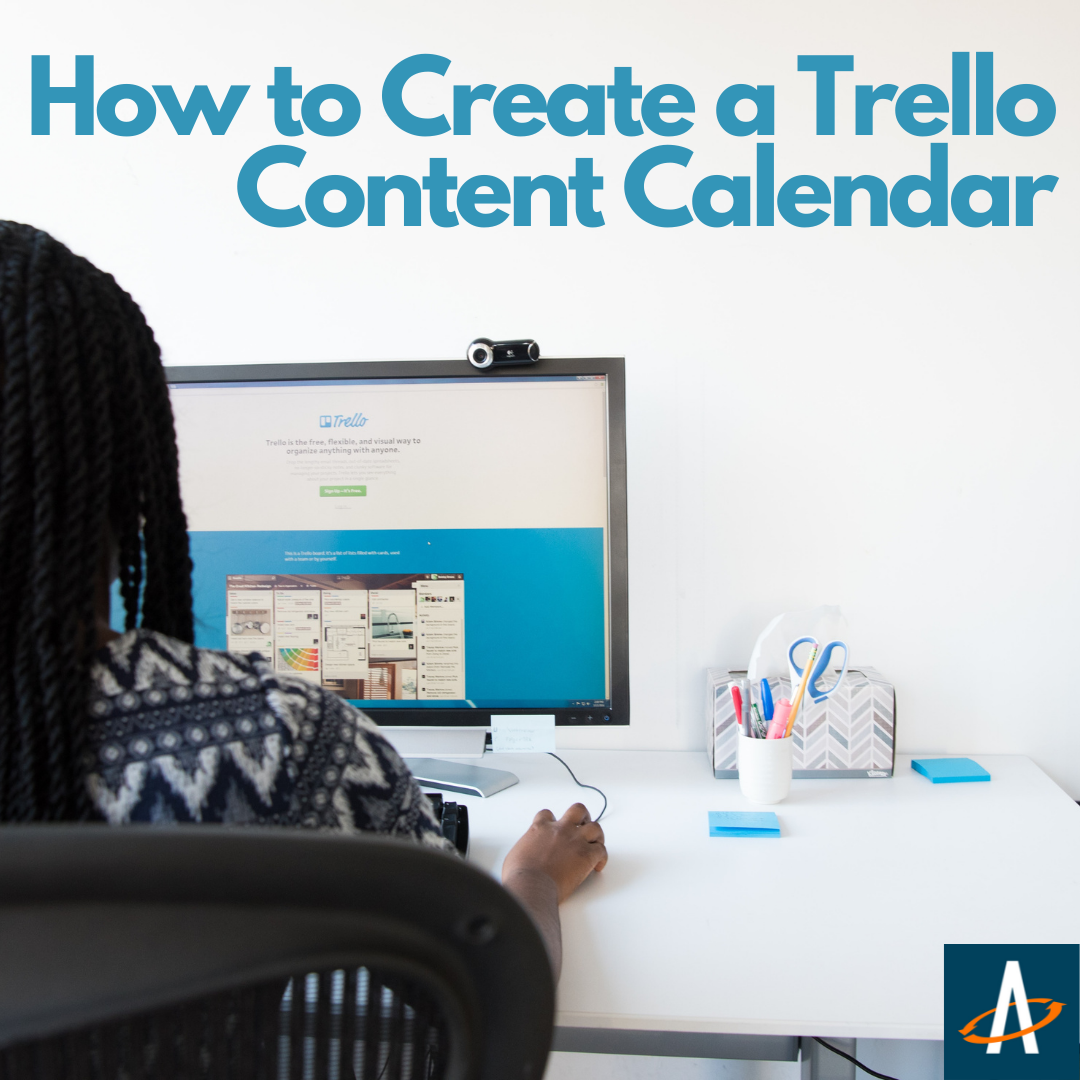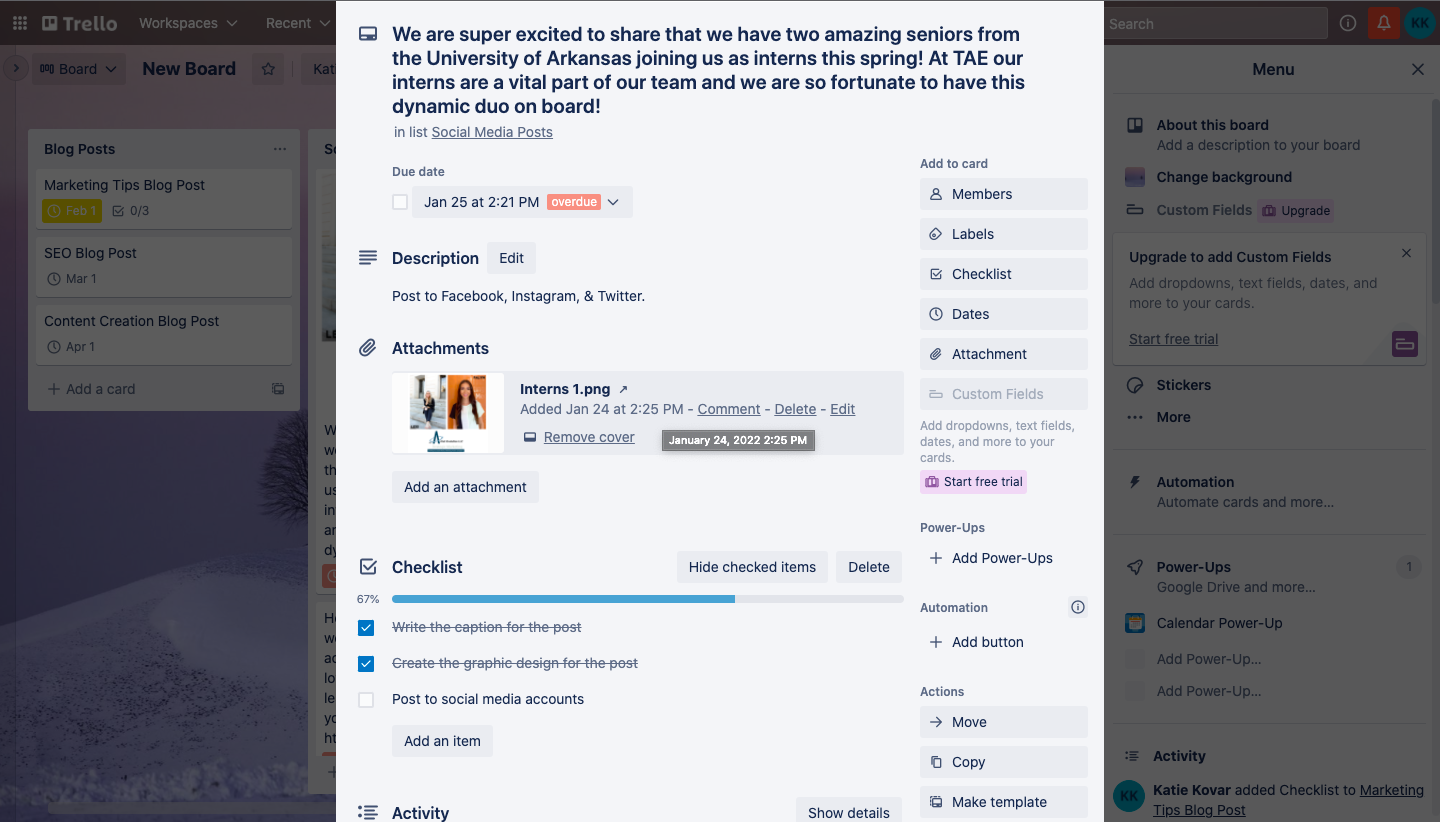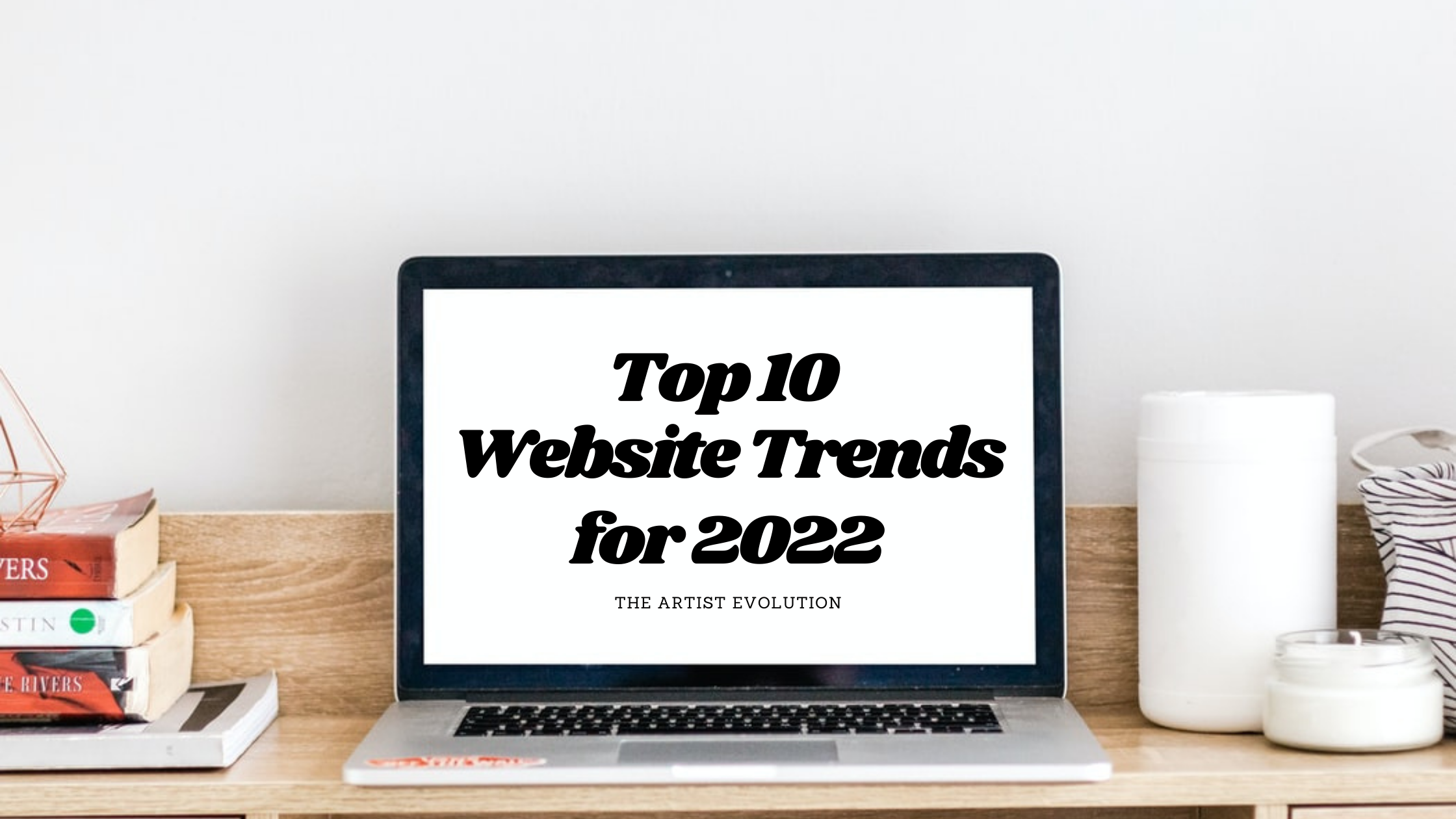
Contributed by Bryce Ward
According to a study by the Ecommerce Foundation, 88% of consumers research a product or service online prior to purchasing. Whether you own a brick-and-mortar store or an ecommerce business, a great website is crucial for winning over consumers and standing out from competitors.
Website best-practices, however, are constantly evolving. Search engine algorithms and consumer behavior change every year, and your website has to adapt too if you want it to be successful.
Below, we are going to cover the top ten website trends for 2022 that every business should be aware of.

1) Mobile Optimization
The days of desktop browsing are quickly fading. According to Statista, mobile search accounted for around 60% of all online searches in 2021 – and this number is only expected to grow in coming years.
Given this trend – and the fact that 61% of people will leave your website immediately if it is not mobile-optimized – it is crucial that your website is optimized for mobile browsing going forward.
Furthermore, search engines are now penalizing websites that are not mobile-optimized by pushing them to the bottom of search results.
A mobile-friendly website is no longer a nicety for businesses – it’s a necessity.

2) Fast Load Times
A slow-loading website is as damaging to your business as a non-mobile-optimized one.
According to a famous Microsoft study, the average attention span of a person browsing a website is just eight seconds (that’s one second less than the attention span of a goldfish).
In other words, you have a small window of time to make an impression on people visiting your website before they leave – and a slow-loading website uses up a large percentage of that precious time.
In fact, studies show that a mere one-second delay in load time equates to: an 11% decrease in page views, a 16% decrease in user satisfaction, and a 16% decrease in conversion rate – and that’s just one second.
But it’s not just consumers who dislike slow-loading websites, search engines don’t either. Just as search engines are pushing non-mobile-friendly websites to the bottom of search results, they’re doing the same thing to slow-loading websites.
If you want to catch consumers’ attention, make sure every page loads lighting-fast.

3) Micro-animations
Speaking of fast load times… One of the biggest things holding your website speed down is probably video.
Don’t get us wrong, videos are great tools for your website. Humans process visuals 60,000 times faster than words and retain 85% more information when watching a video than we do when reading text. As the old adage goes, “a
is worth a thousand words.”
However, videos can also significantly slow down your website speed if they are embedded within your website – and we’ve already discussed why that’s not good for search ranking.
But there is an alternative. Micro-animations (such as GIFs) give you many of the same benefits of video without the added “digital weight.” If you currently have an embedded, auto-play video on your website, consider converting it to a micro-animation to speed up your website and gain the attention of search engines.

4) Search Engine Optimization (SEO)
If you want your business to show up at the top of search results, you have one of two choices: pay for expensive search ads or build your website’s authority through SEO best-practices.
Paid search ads are useful to an extent, but keep in mind that less than 10% of people click on paid search ads.
The vast majority of online users prefer clicking on organic (unpaid) search results. Because anyone can pay to show up first, but only reputable and successful businesses are going to show up at the top organically.
There are a number of ways to build your website’s SEO – from metatags to alt text and much more – but the strategy that can truly set you apart in 2022 and beyond is long-form blog content.
With the right keyword strategy, long-form blogs (which are around 1,000 to 1,500 words in length) allow you to attract new audiences to your website, which in turn shows search engines that your website is deserving of attention (i.e., high SEO authority).
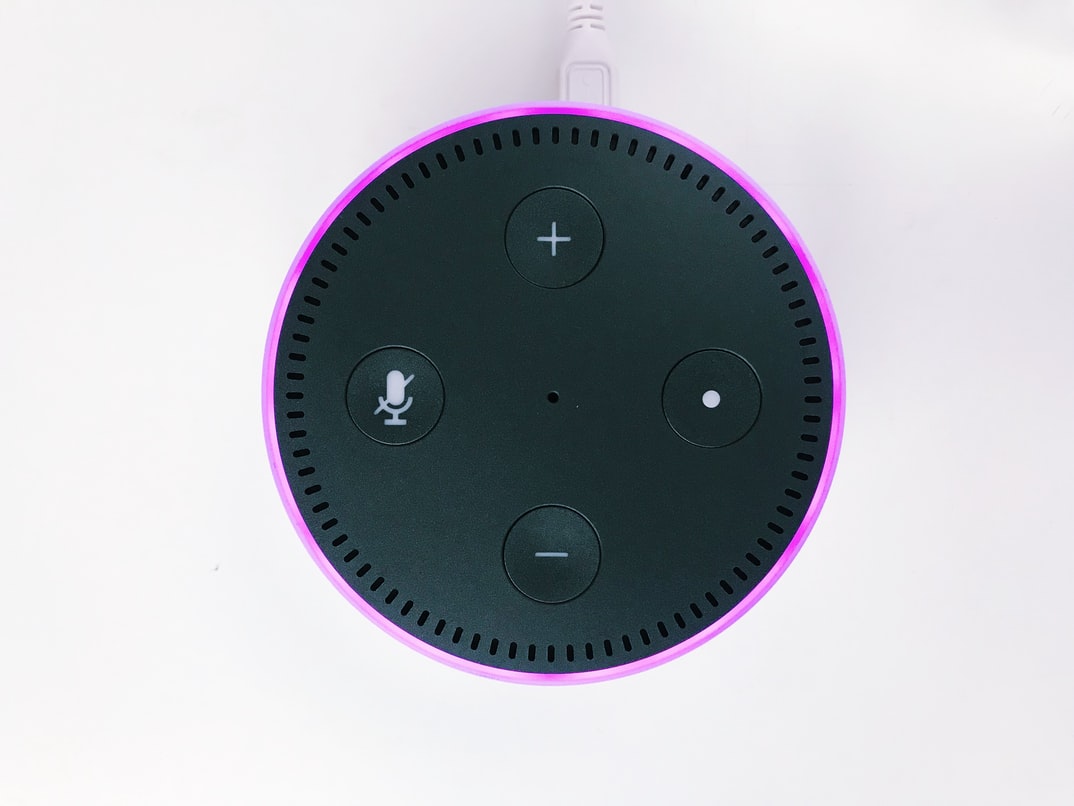
5) Voice-Search Optimization
Remember how we said mobile search is taking over desktop search? The same thing is happening with voice search. 44% of adults use voice-search technology every single day, and that number is only expected to grow as technology-savvy youths grow older.
For businesses, this trend is especially important. Questions like “restaurants near me” and “best auto shop in [city name]” are increasingly being spoken into search engines instead of typed.
The good news is you can adjust your website to be voice-search optimized through plug-ins and intentionally written copy. Blogs and FAQ sections are great, natural ways to populate your website with the type of keywords that voice-search engines are craving.
Combine this with a comprehensive SEO strategy and you can increase the likelihood that voice-search engines pick your website’s content as the answer to consumers’ questions.

6) Customization
Most businesses understand that having a website is crucial in this day and age, but few understand how important it is to have a great website.
It’s common practice for businesses – especially small businesses – to use cookie-cutter, templated websites. They’re cheap, quick to make, and give you an instant online presence.
However, they also look like every other templated website on the internet (the websites you’re trying to set yourself apart from).
A fully customizable website allows you to build a truly unique online presence that stands out from other businesses and wins over consumers. And perhaps more importantly, it gives you the flexibility to leverage many of the website trends discussed in this article (including accessibility).

7) Accessibility
One of the biggest drawbacks of templated websites is the lack of accessibility features. If navigating your website is difficult for users, you are missing out on countless lost leads.
There are a number of ways to make your website more accessible in 2022, but the following two strategies are leading the way: dark mode and page translation.
Screen fatigue is a very real phenomenon, and more and more people are turning to dark mode to ease their eyes. But if your website isn’t optimized for dark-mode viewing, its design will show up poorly and visitors may turn to a competitor’s website for relief.
Page translation is another accessibility feature that can help you attract more consumers, especially if you live in a diverse area with multiple spoken languages.
With a customized website, you can give users the option to view your website in their preferred language. By incorporating this feature into your website, you can tap into a whole new audience that other, less accessible businesses can’t reach.
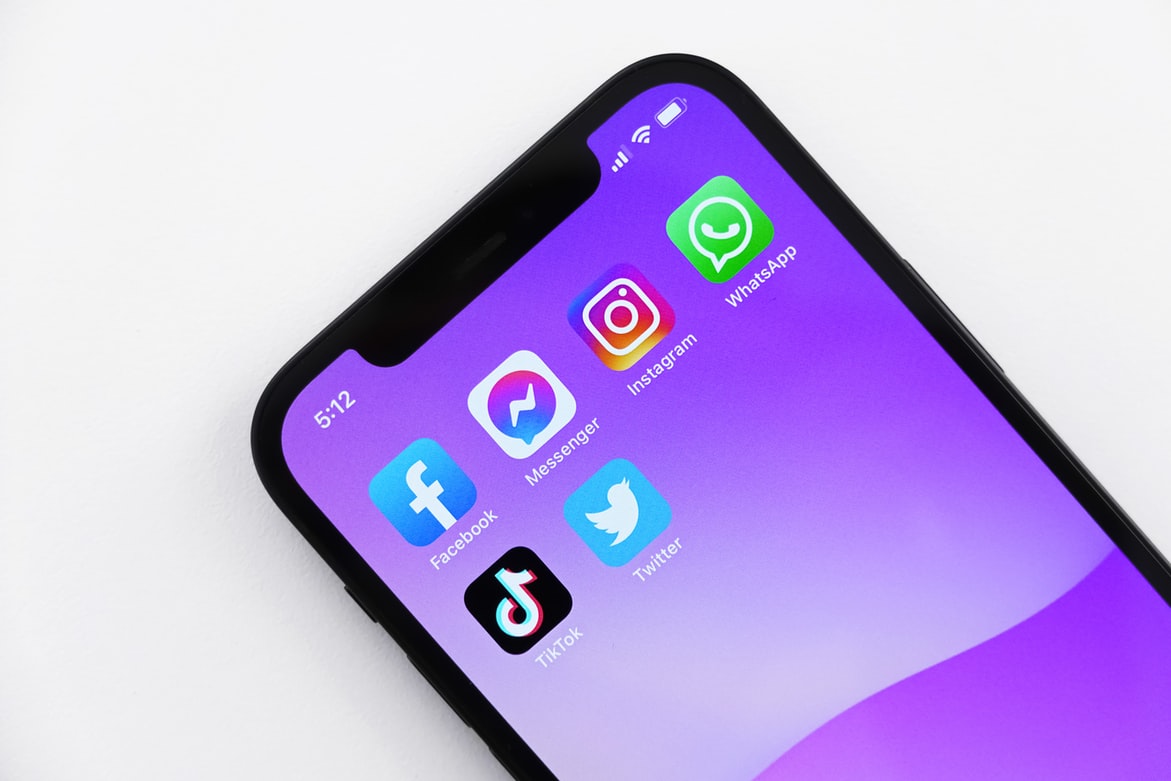
8) Social Proof
This isn’t a new website trend, by any means, but its importance is only growing as the years go by.
According to Statista, 82% of North Americans use social media, a number that has steadily grown since 2008.
When people visit your website for the first time, more often than not they will want to see pictures, reviews, and ratings of your business. If your website doesn’t have these things featured, or at the very least accessible, you’re losing trust that your competitors are gaining.
If your business doesn’t have a social media presence, you should consider building one. If not, make sure to still feature testimonials and other trust-affirming resources on your website.
If you do have a social media presence, that’s great! – make sure to showcase it and leverage your online presence.

9) Artificial Intelligence
A.I. is growing increasingly more intelligent each year. While AI website features like chatbots may not have been ready five years ago, they are now.
As any business owner knows, customer service is crucial to success. Ideally, you would have an individual or team dedicated to website-based customer service. But this is not always feasible, especially for small businesses.
For an alternative, consider incorporating a chatbot into your website to answer common consumer questions such as “how do I schedule an appointment?” or “which size is right for me?”.
However, some people are turned off by AI assistants, so don’t rely too heavily on them. Instead, make it a valuable addition to your website – something that’s available to use but not necessary to use.

10) Ownership
The previous nine website trends will help take your business’s website to the next level in 2022 – but unfortunately, they mean nothing if you don’t own your website…
Many businesses are surprised to find out that they don’t actually own their website – the company that made it does. This is often the case with the templated websites mentioned above.
When you’re searching for a company to create your website, you want to be 100% certain that they give you full ownership from beginning to end – you want to be 100% certain that they are a company like TAE Nashville
Want to find out how your website is performing?
The Artist Evolution has a free tool that analyzes your website’s speed and functionality and sends the results to your email in a matter of minutes.
If you’re not sure how to interpret the results, you can schedule a free twenty minute meeting with our team and we’ll help walk you through it.

